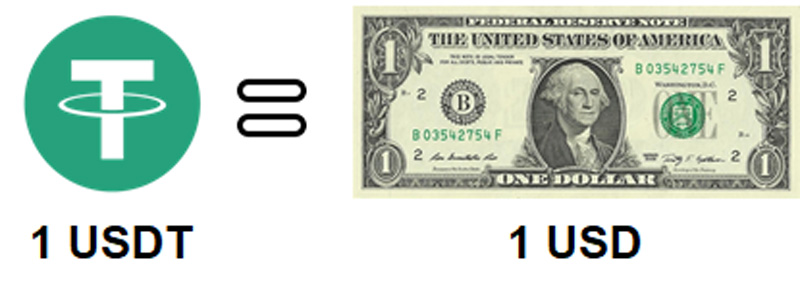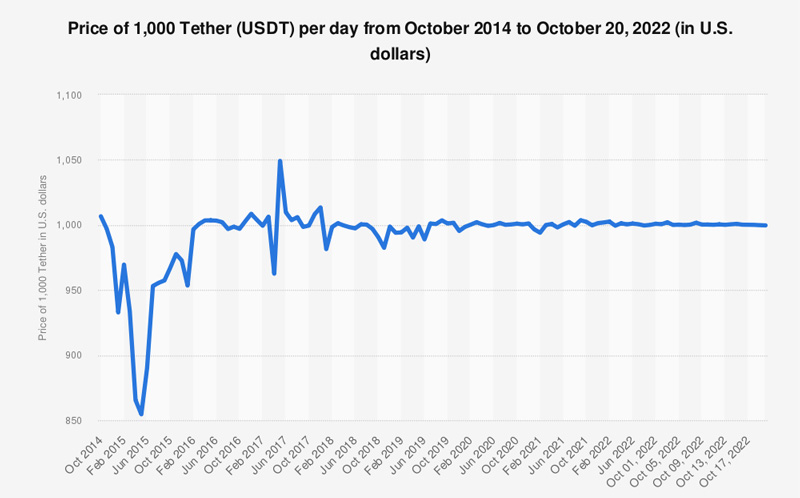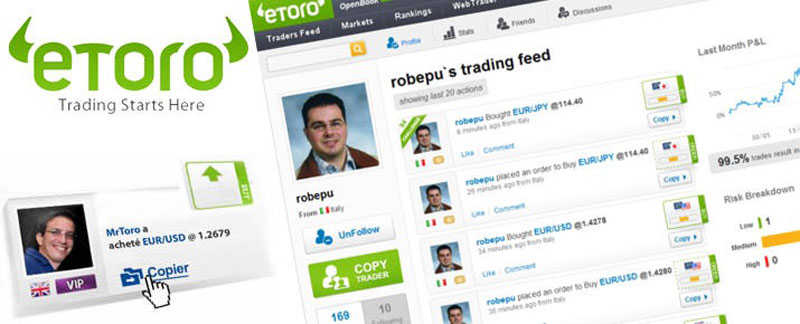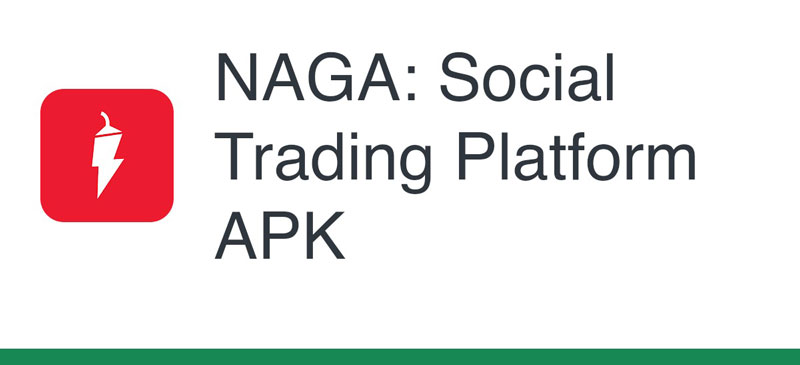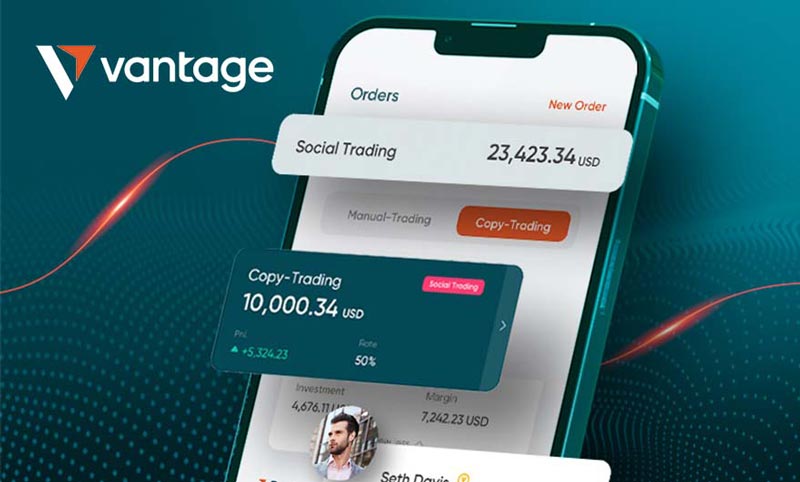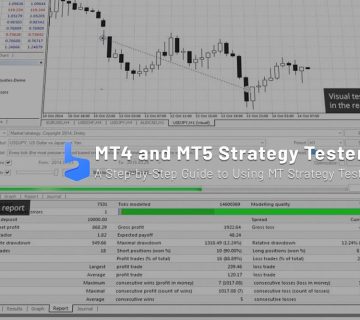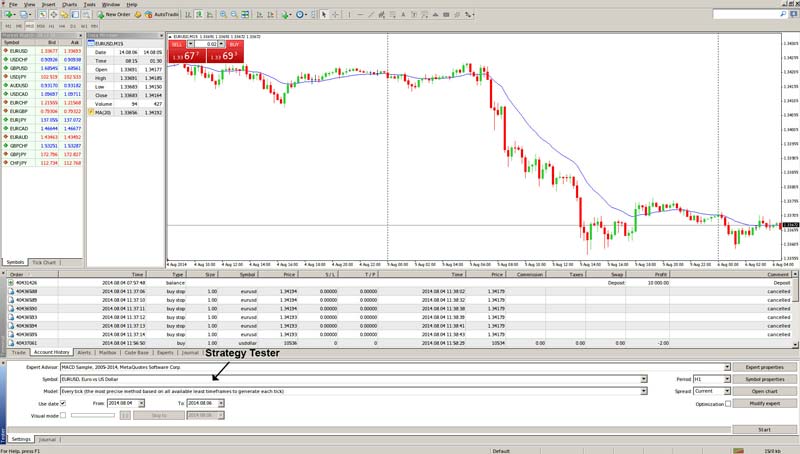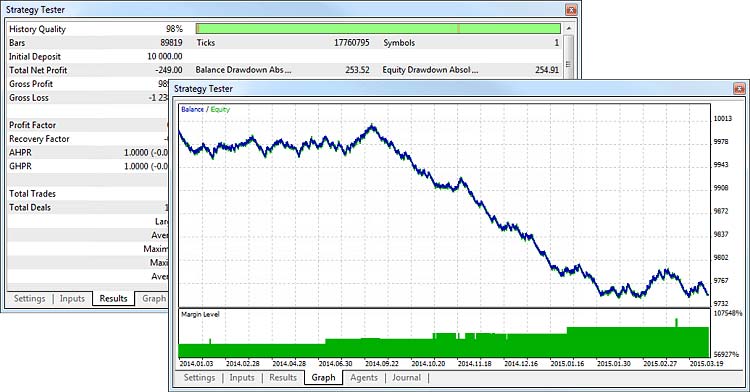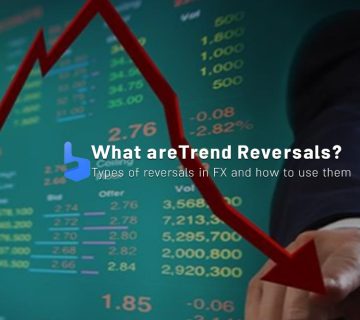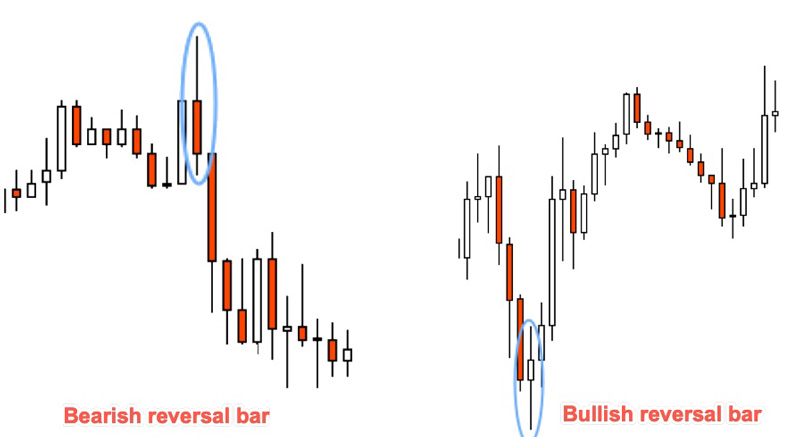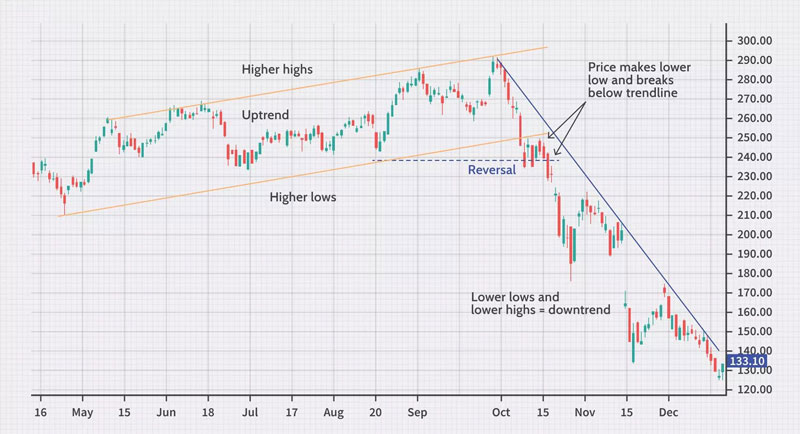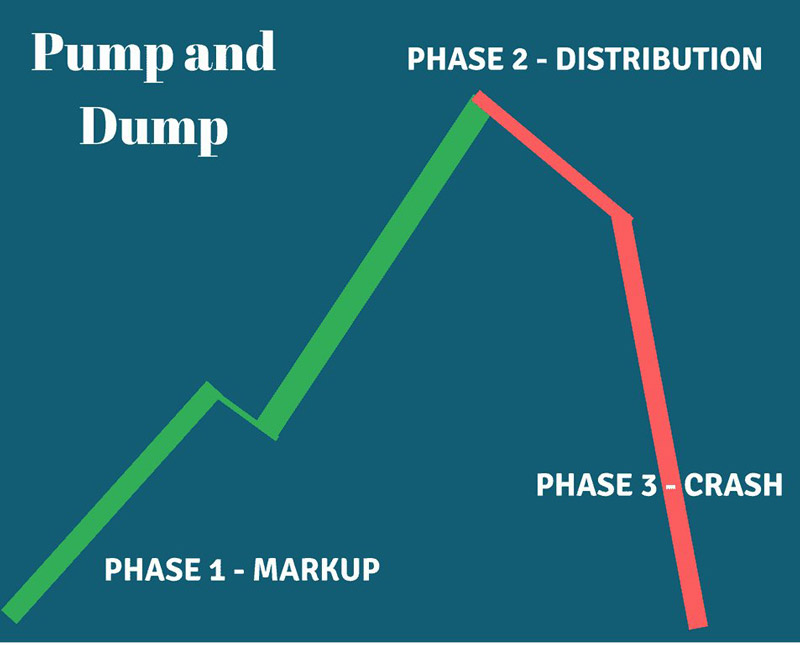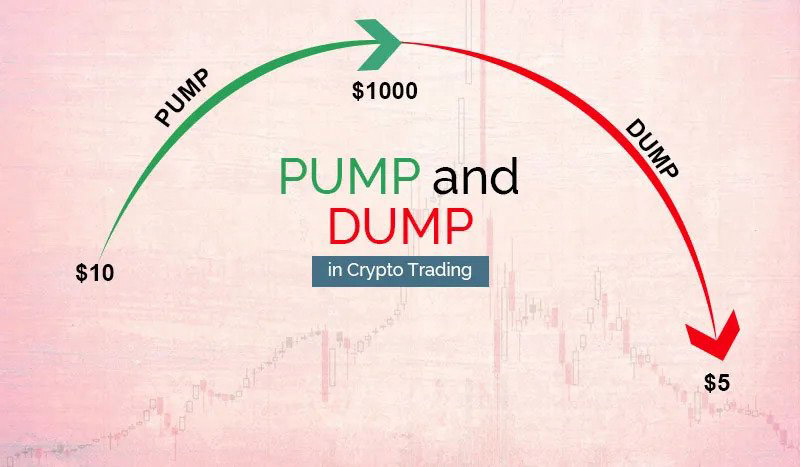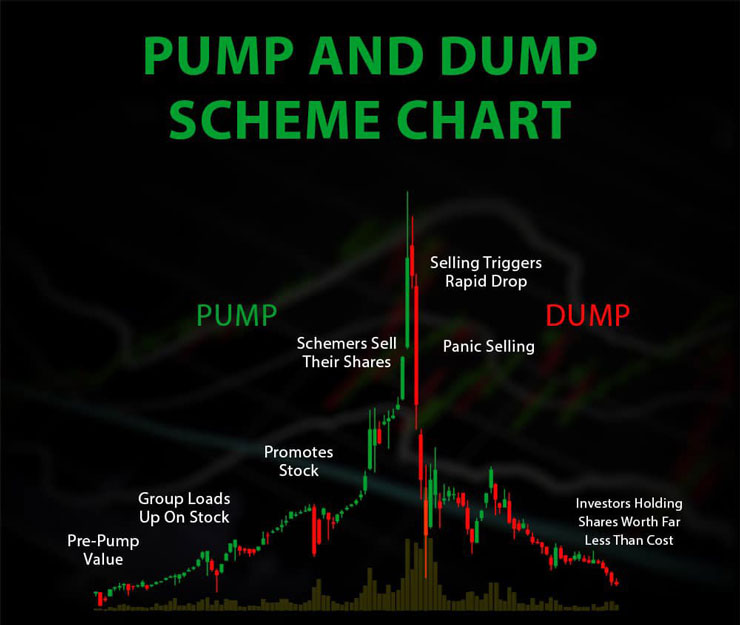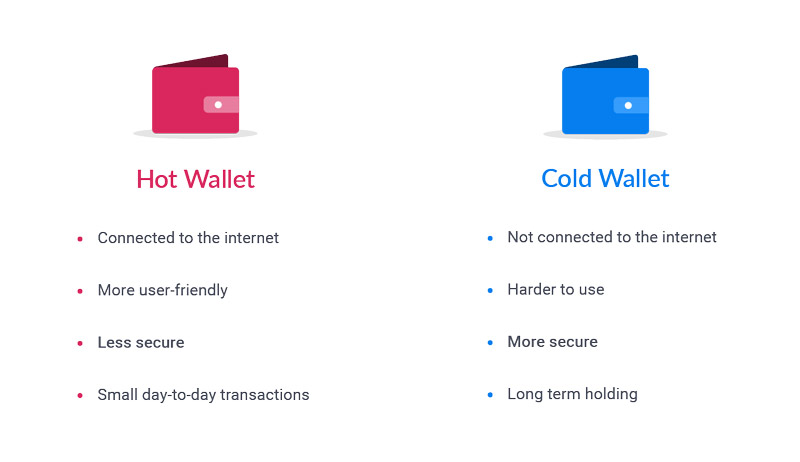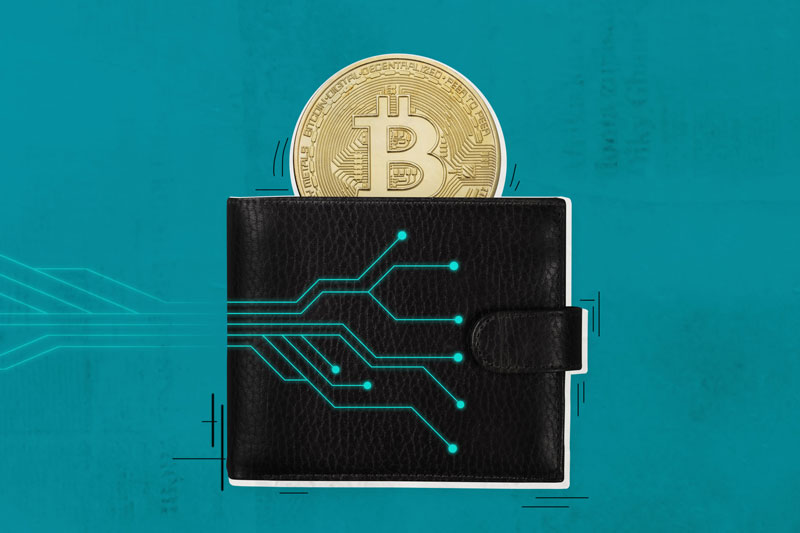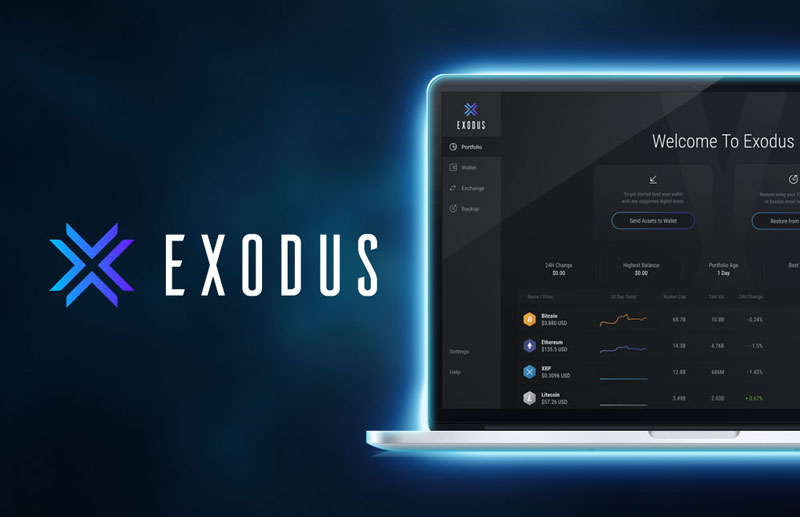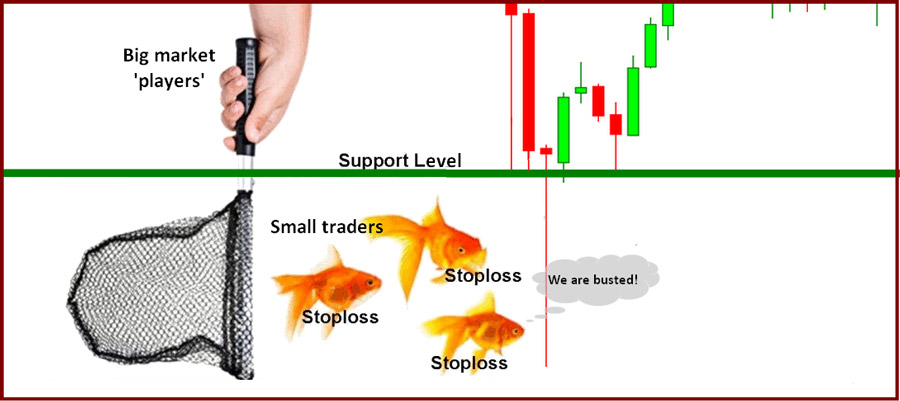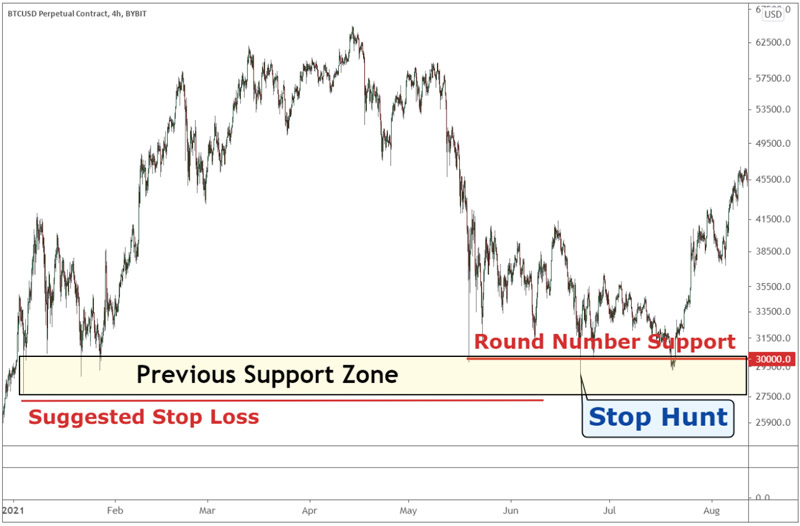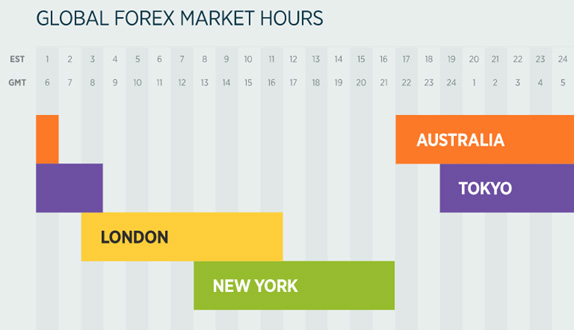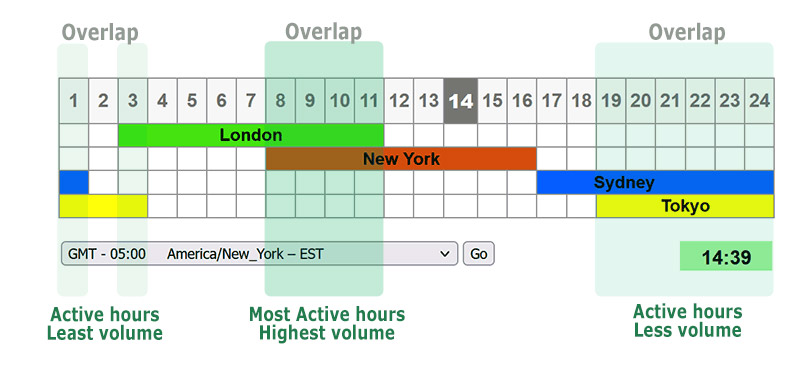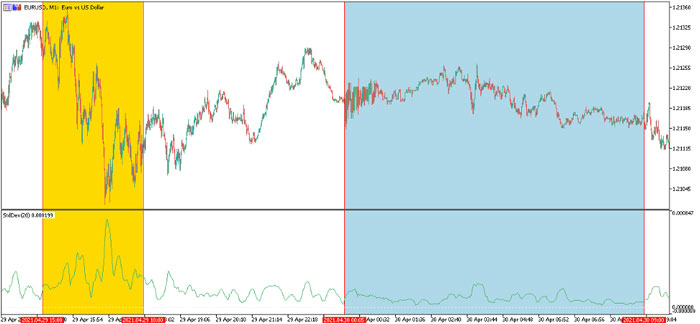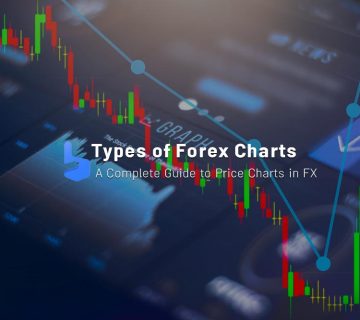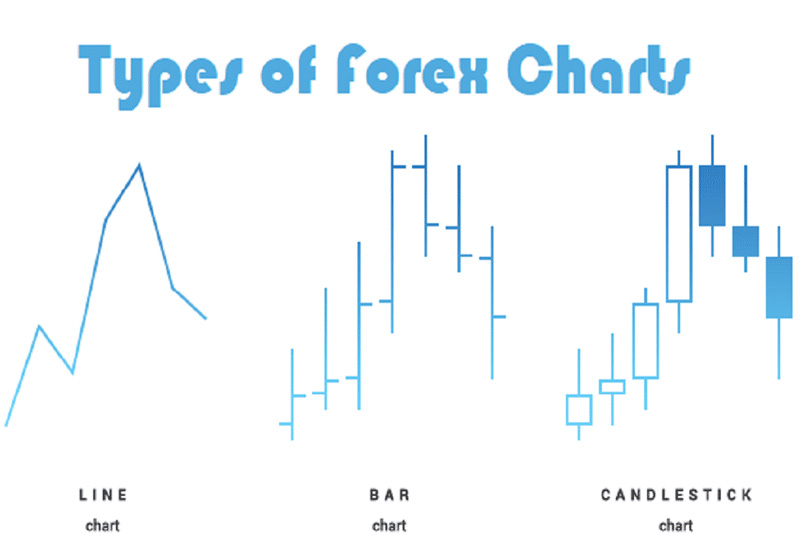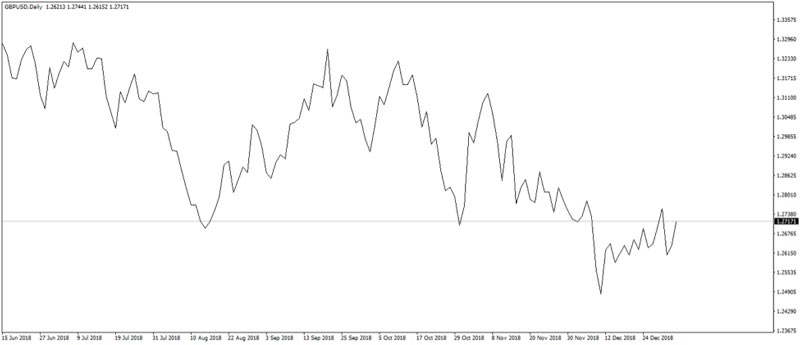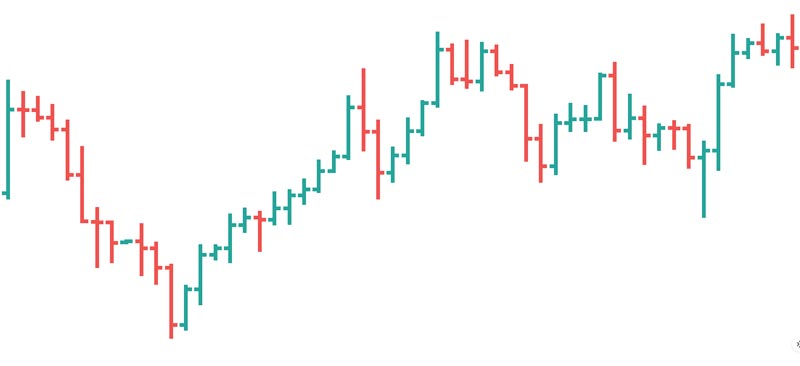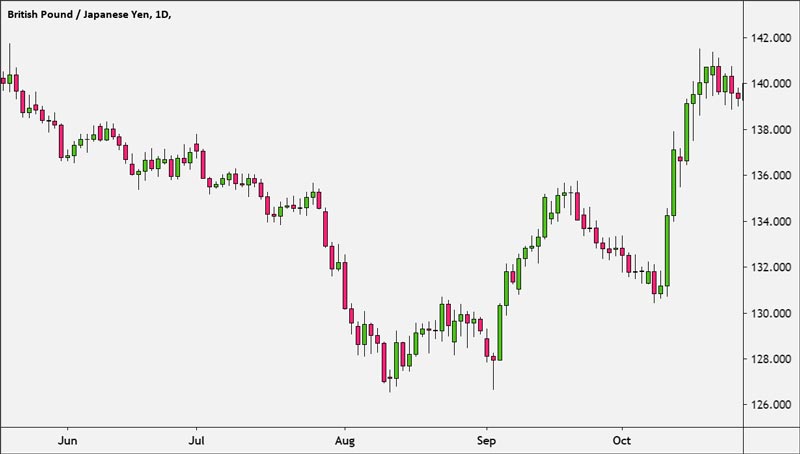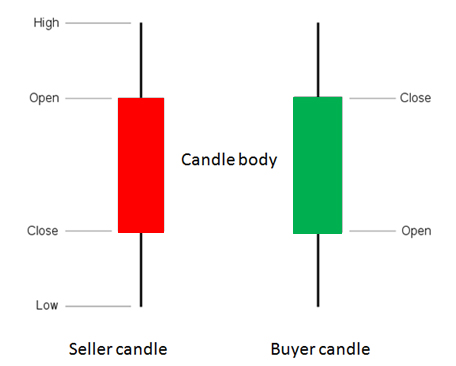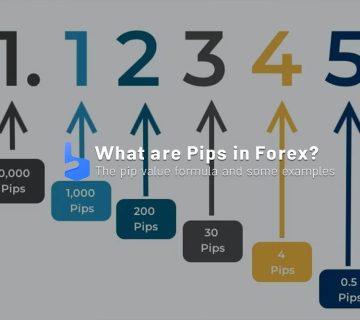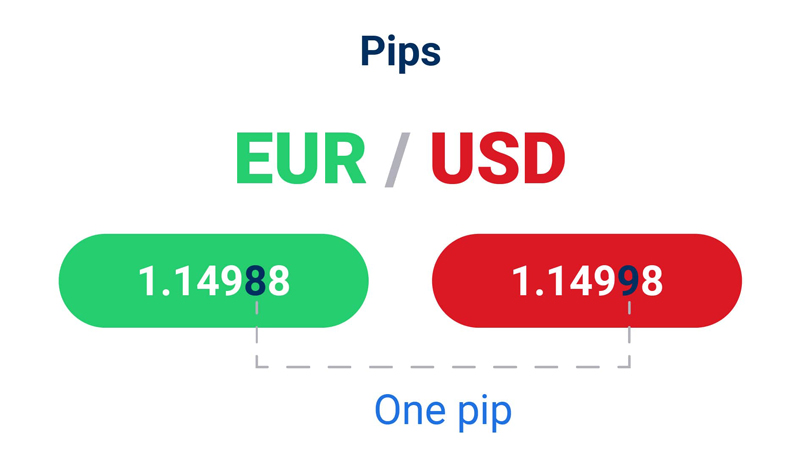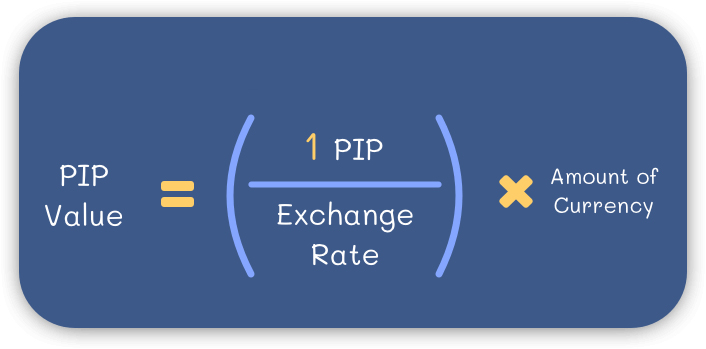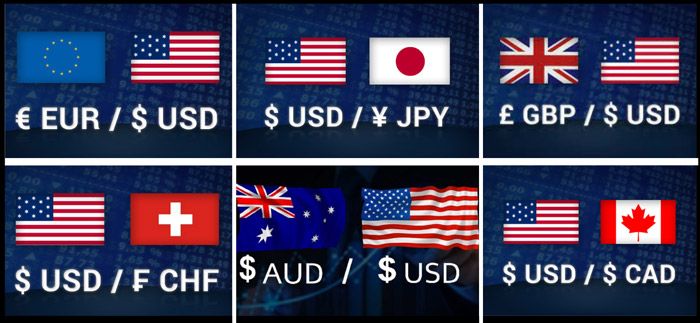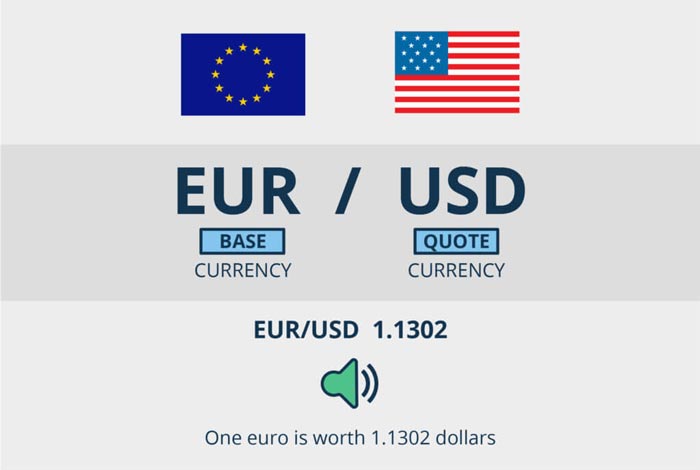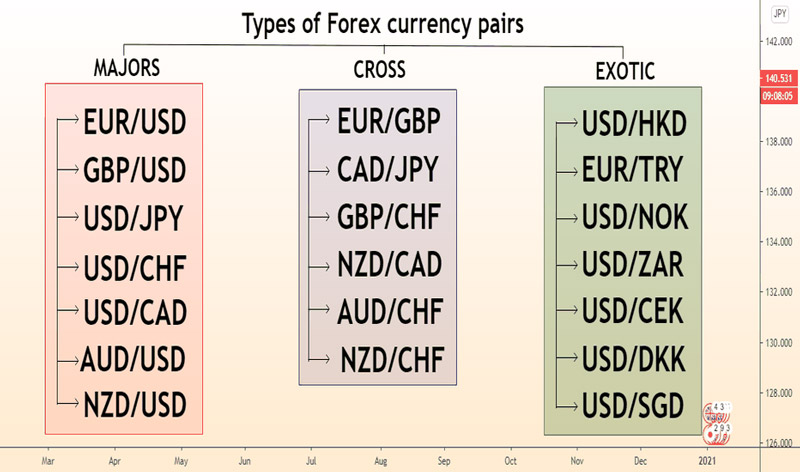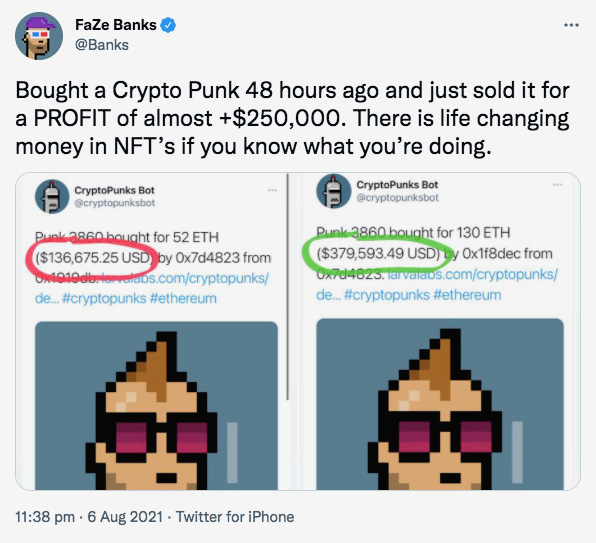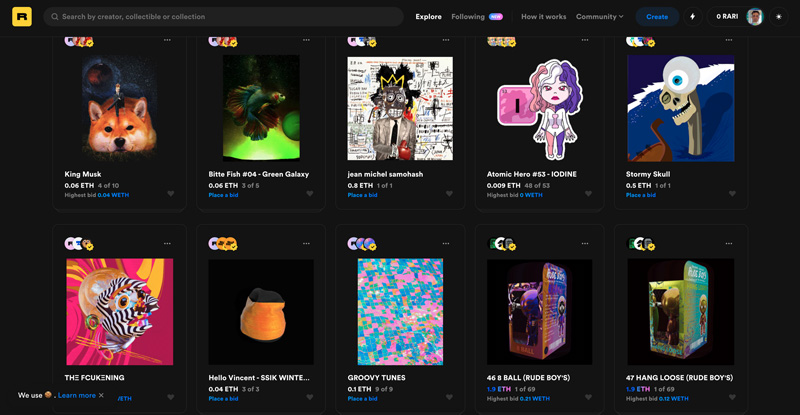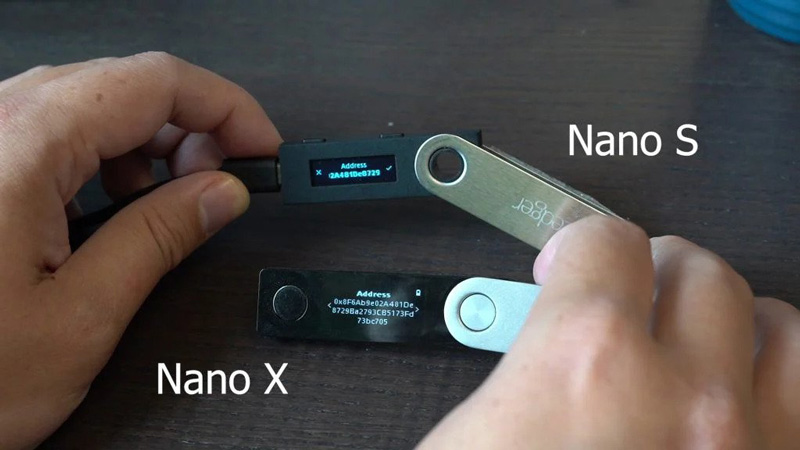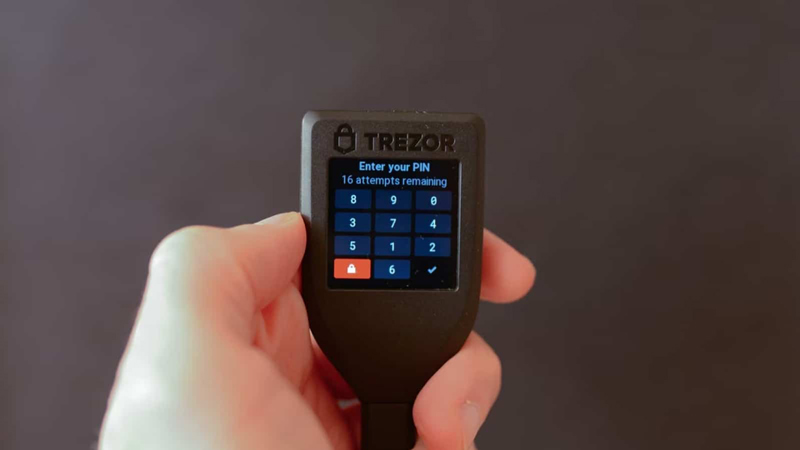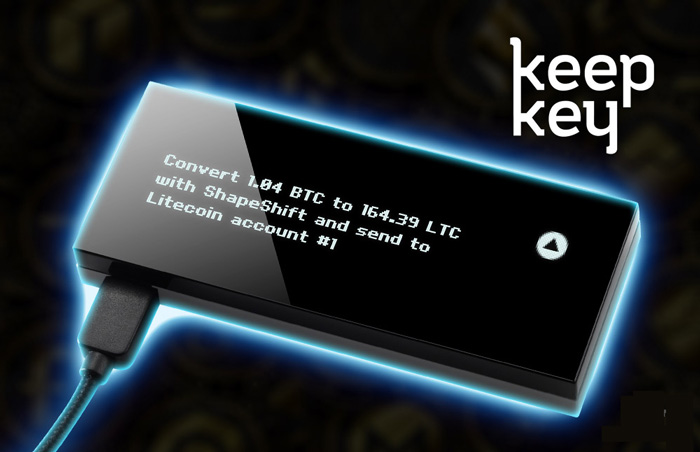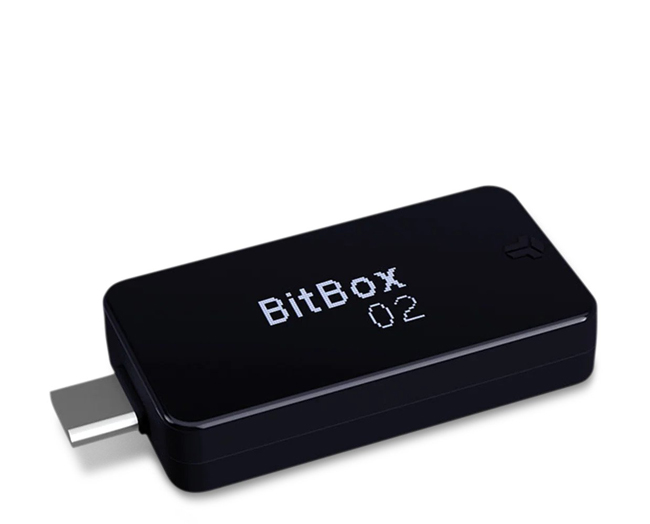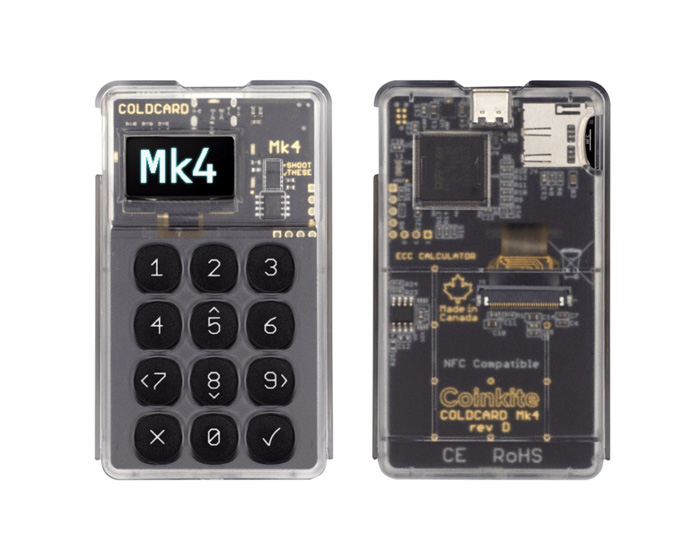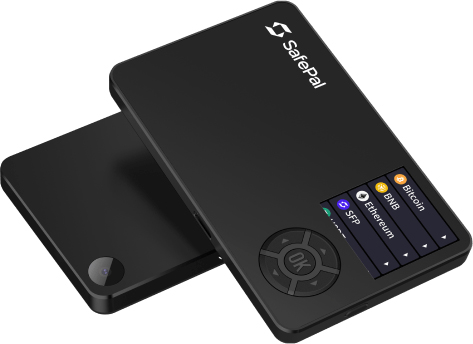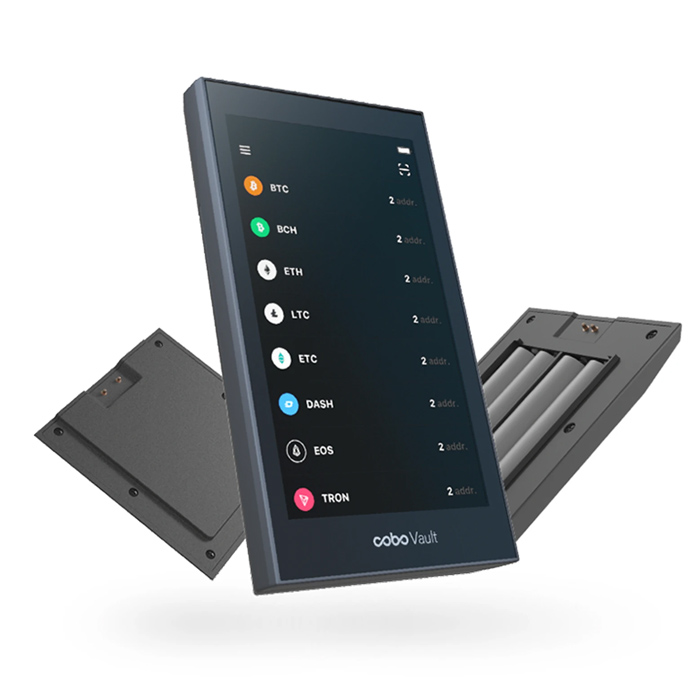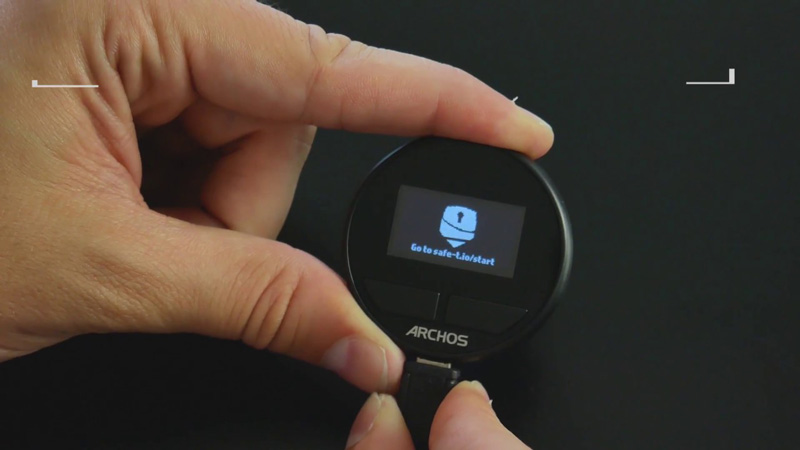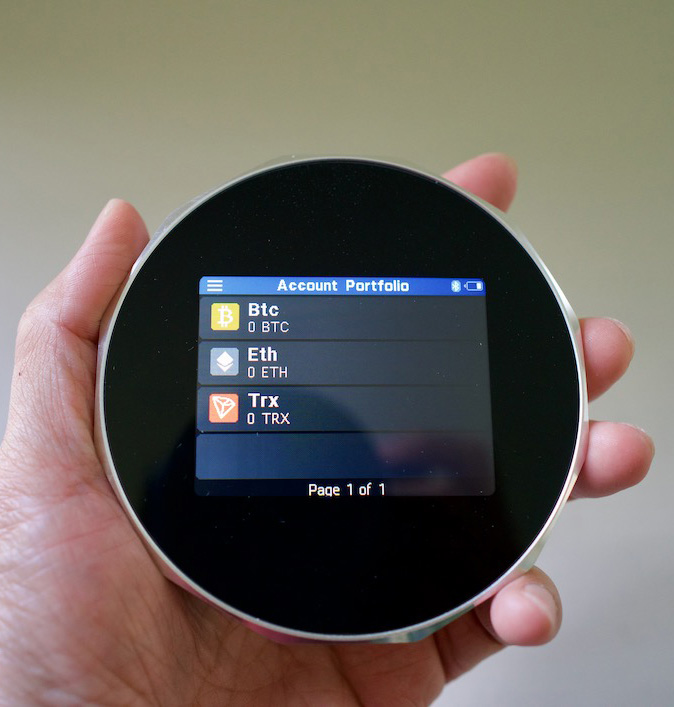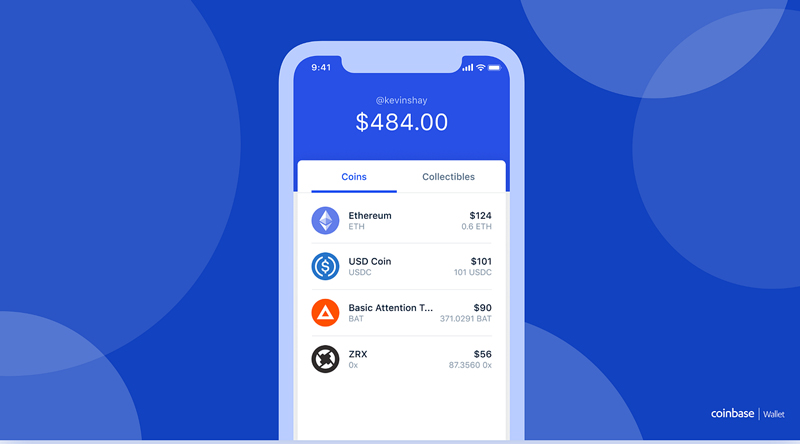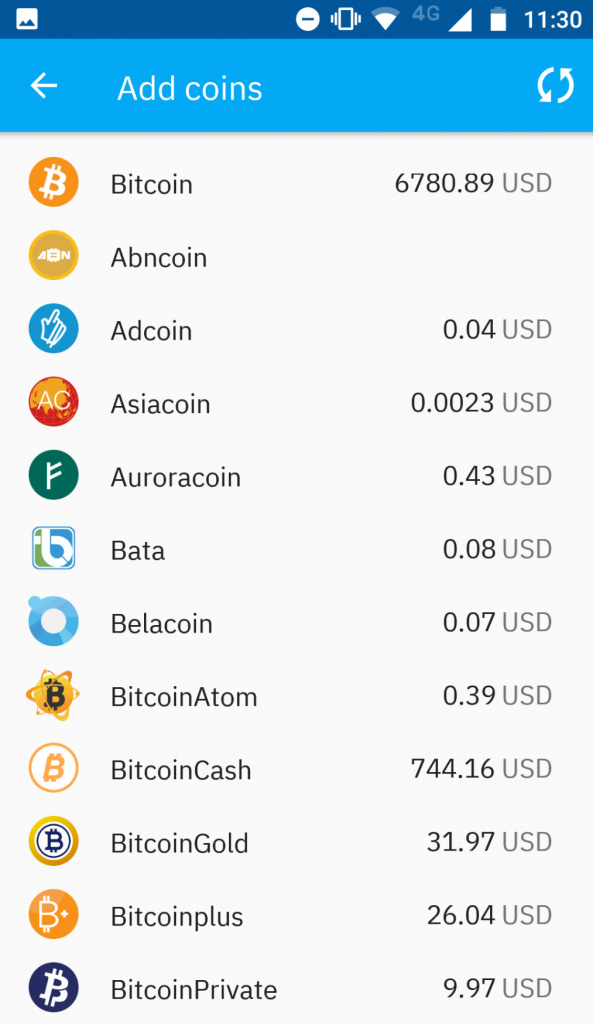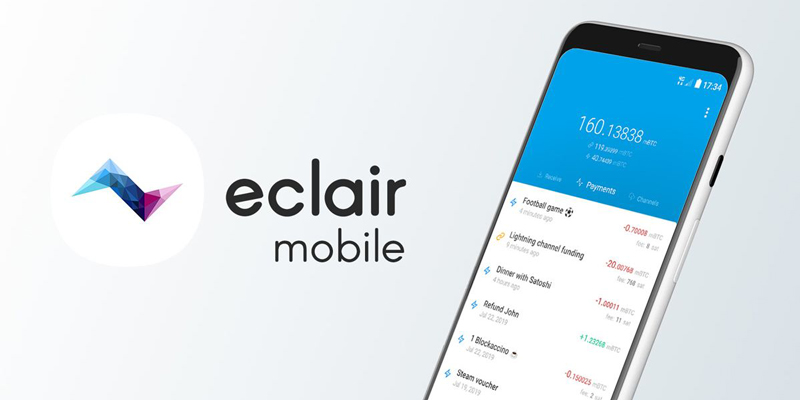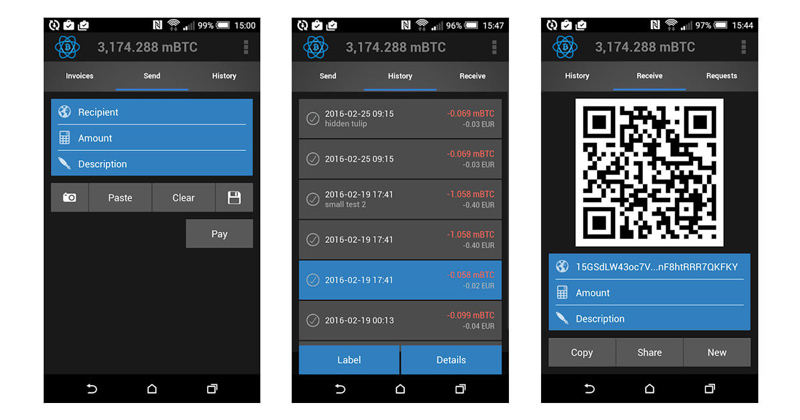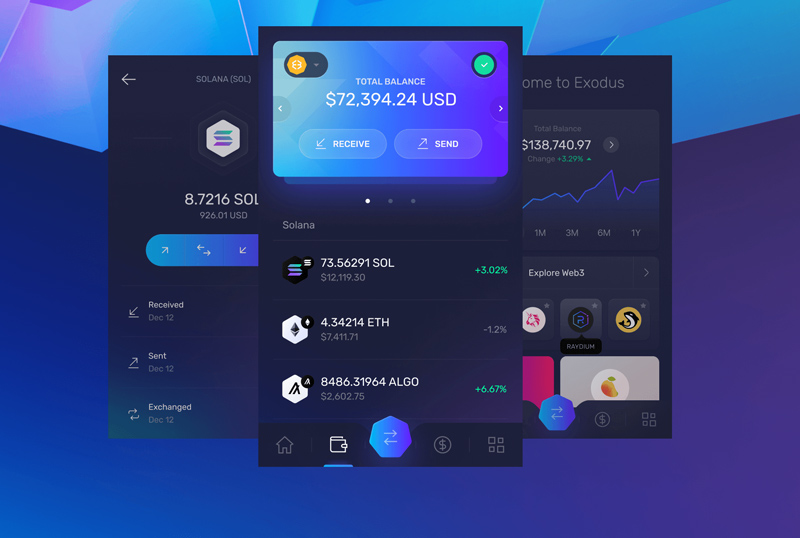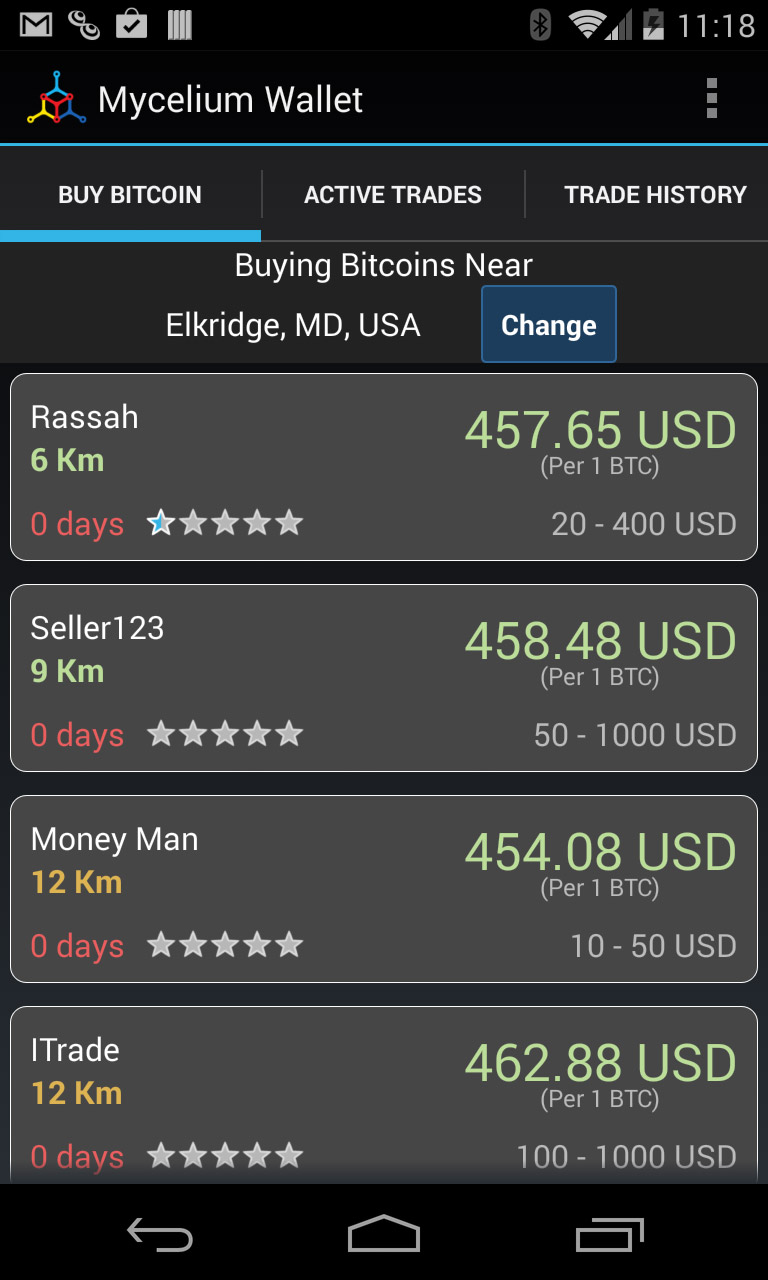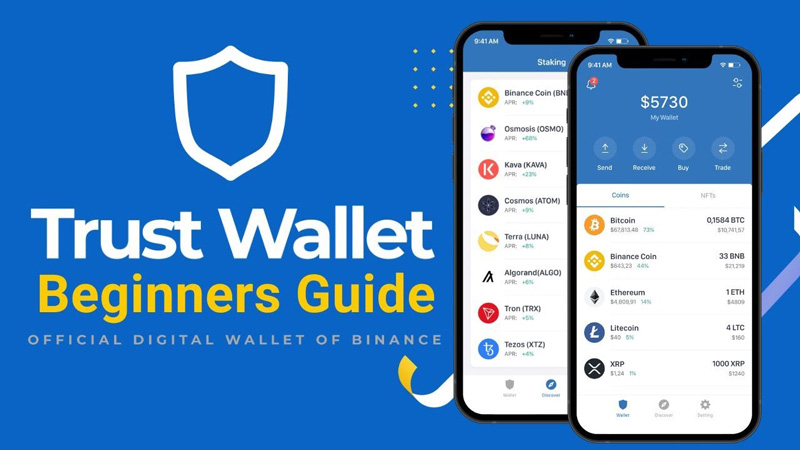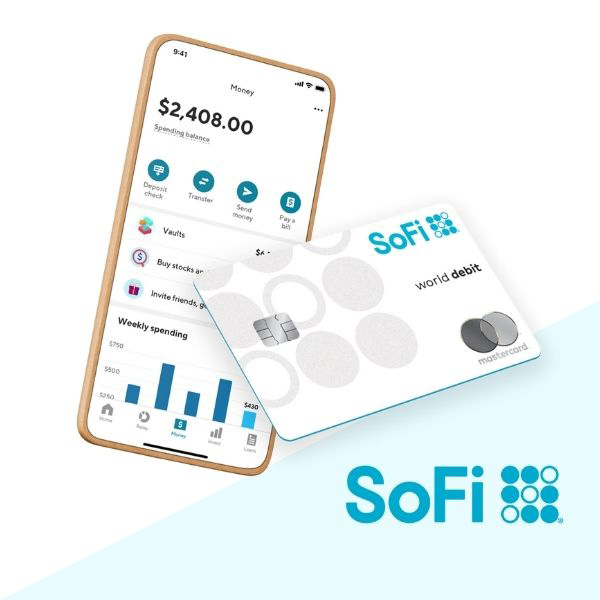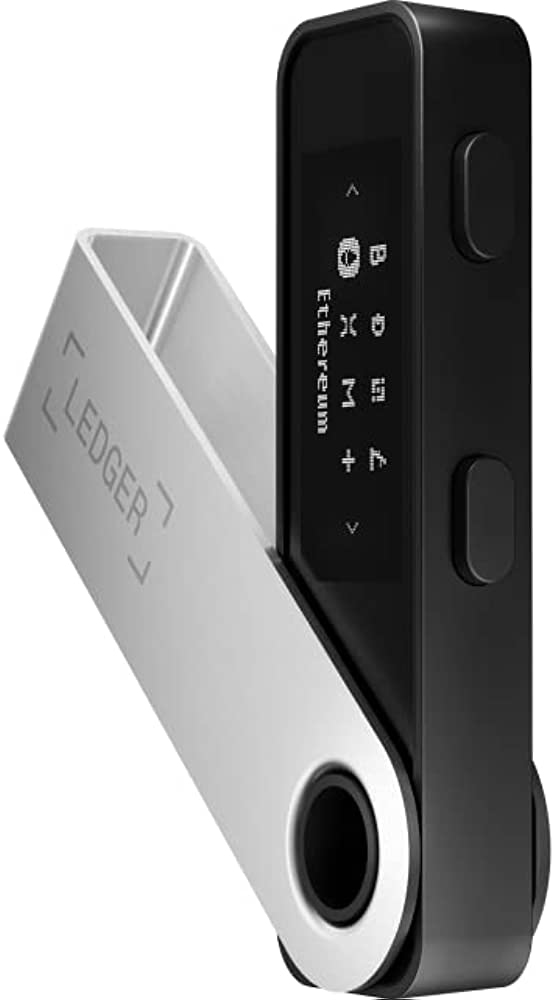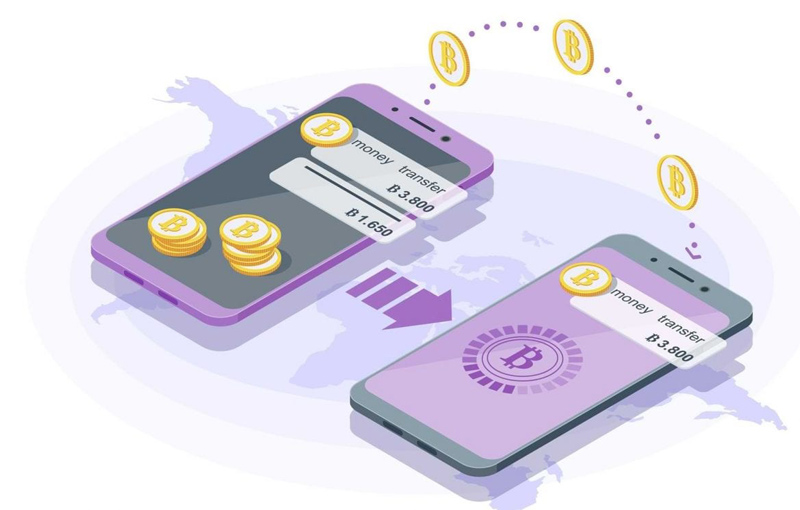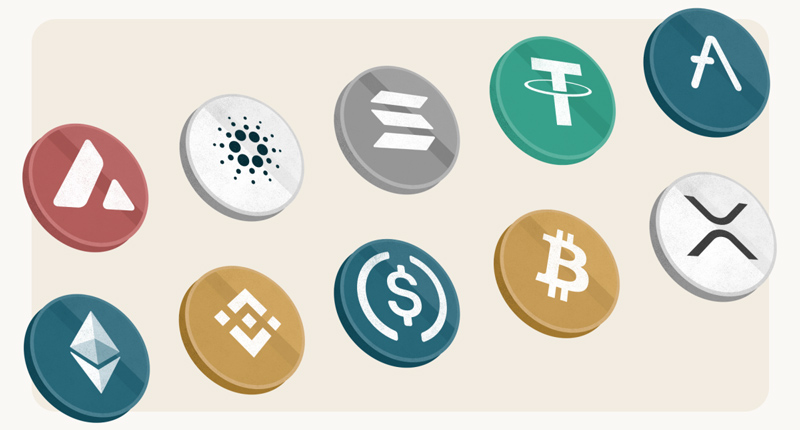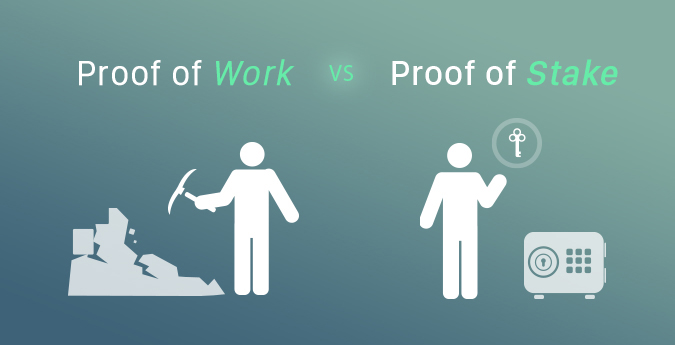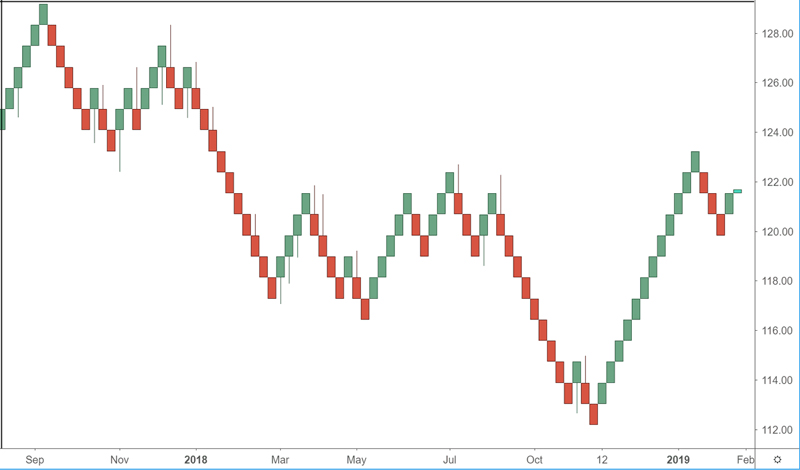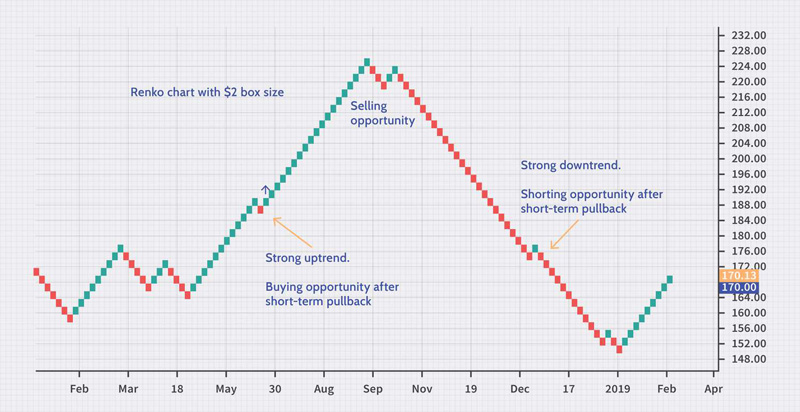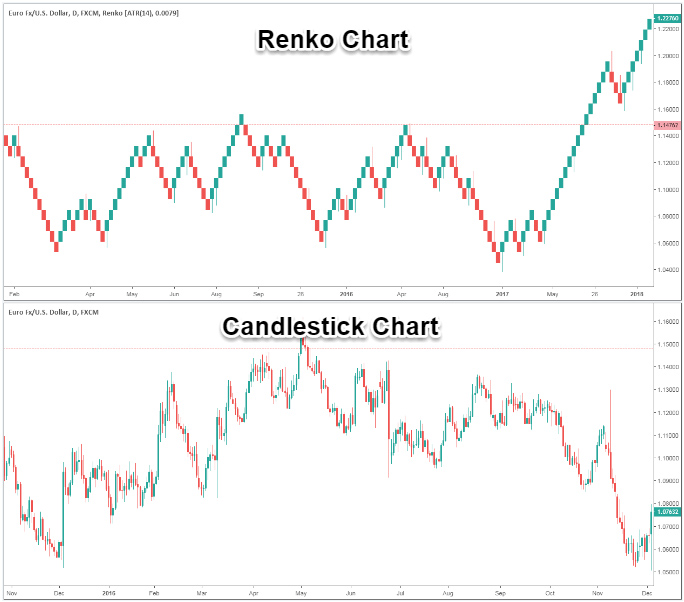
Tether Dominance : Everything About USDT
In the ever-evolving landscape of blockchain and cryptocurrencies, stability and security take precedence. One innovative solution that has gained prominence in recent years is the concept of “Tether Dominance.” This article from Brokerland explores USDT Dominance, its explanation, significance, and its pivotal role in the future of blockchain technology.
What is Tether Dominance?
USDT, introduced in 2014 by Brock Pierce, Reeve Collins, and Craig Sellars, was one of the first stablecoins in the crypto market. Initially designed as a solution to combat market fluctuations in this space, it allowed traders to easily convert their assets into a stable one, often pegged to a dominant cryptocurrency like Bitcoin, and store them in their crypto wallets, whether hardware wallets or crypto wallets for Android.
USDT Dominance is a type of cryptocurrency defined as a stablecoin. Stablecoins are cryptocurrencies designed to maintain a fixed value and are usually pegged at a 1:1 ratio to a fiat currency such as the US Dollar (USD). Tether Limited, based in Hong Kong, issues the USDT unit, claiming that each unit in circulation is equivalent to an amount of real assets (primarily dollars) held in their supported accounts.
It is a concept revolving around stabilizing the value and stability of one blockchain or crypto to another. Its primary goal is to reduce inherent fluctuations in the crypto market, allowing users to benefit from blockchain technology without the price volatility.
As of January 2023, Tether was the third-largest cryptocurrency after Bitcoin (BTC) and Ethereum (ETH) and the largest stablecoin with a market value close to $68 billion. In 2022, USDT attributed most of its value in transactions outside of Bitcoin.
let’s delve into its key components:
Dominant Cryptocurrency: In the realm of Tether Dominance, the dominant crypto acts as the cornerstone. Bitcoin, being the pioneer and most recognized of these coins, is often chosen as the anchor. Its market value, widespread acceptance, and stability make it a suitable choice for integration.
Value Pegging: USDT involves pegging the value of one blockchain to the dominant currency. This link can be achieved through various mechanisms, including smart contracts, reserves, or algorithmic settings.
Stability Mechanisms: Implementing stability mechanisms to ensure that the connected currency maintains its value in coordination with the dominant currency is crucial. These mechanisms may include automatic adjustments to the supply of connected cryptocurrencies or backed-up reserve assets.
Smart Contracts: Smart contracts, often deployed on blockchain platforms, play a fundamental role in USDT Dominance. They facilitate the automation of value settings, ensuring transparency and immutability in the connection process.
- Tether is a stablecoin, a type of cryptocurrency that follows a fixed valuation.
- It is utilized by investors who aim to prevent the common fluctuations of crypto currencies while holding funds within the crypto system.
- The parent company of USDT, in 2021, paid nearly $60 million in fines to resolve two regulatory investigations related to mismanagement and inaccurate reserve disclosures.
Importance and Advantages of USDT Dominance
As mentioned, USDT Dominance belongs to a generation of crypto rapidly growing known as stablecoins. Their objective is to maintain the stability of their token prices, often by pegging them to the value of a traditional currency such as the US Dollar.
Stablecoin use promotes the practicality of these coins as an exchange medium similar to regular currency. As mentioned above, stablecoins make speculation in crypto markets easier, alleviating concerns about fraudulent activities like pump and dump scams observed in other currencies and meme coins.
Their rapid popularity growth is also a result of stablecoins being used as collateral by decentralized finance (DeFi) lending protocols and decentralized financial investment systems. Now that we have a fundamental understanding of USDT, let’s explore the significance of Tether Dominance in the blockchain and crypto space:
- Price Stability: One of the most prominent advantages of USDT Dominance is price stability. By linking a crypto to a dominant currency like Bitcoin, it can significantly reduce the considerable price fluctuations gripping. This stability can make crypto more attractive for use and investment, providing investors with a safer method during highly volatile periods and reducing the risk of sudden price drops.
- Mainstream Acceptance: Price stability and reduced volatility are crucial factors for mainstream acceptance. Businesses and individuals are more likely to embrace crypto for day-to-day transactions and financial activities when they can rely on a stable value reserve.
- Risk Reduction:For investors and traders, it provides a means to protect against the extreme price fluctuations observed in the market. This method offers a safer approach to investing during highly volatile periods and reduces the risk associated with sudden price declines.
- Collaborative Capability: Tether can bridge the gap between different blockchain ecosystems. When a currency is linked to a dominant currency, transactions and asset exchanges between different blockchains become more straightforward, enhancing collaboration capabilities in the crypto space.
- Smart Contracts and Automation: The use of smart contracts in USDT ensures that the process is automated and transparent. This reduces the need for intermediaries and third parties, making transactions more efficient and secure.
History of Tether Controversies
In November 2017, Tether reported a $31 million electronic theft of USDT tokens, leading to a subsequent hard fork. At that time, the company already faced critics questioning the adequacy of its reserves, and as later investigations revealed, they encountered difficulties accessing banking services.
In April 2019, Letitia James, the New York Attorney General, received a court order after it was revealed that Bitfinex had borrowed at least $700 million from Tether reserves, prohibiting Tether and iFinex, BitFinex’s parent, from further violating New York laws. In money laundering investigations involving their Panamanian banking partner, Crypto Capital Corp, they were arrested.
In February 2021, Tether and Bitfinex resolved a case by paying an $18.5 million fine, ceasing trading with New York residents or entities, and providing information about their reserves to the New York Attorney General’s office for the next two years.
In October 2021, the U.S. Commodity Futures Trading Commission (CFTC) announced that Tether had agreed to pay a $41 million fine “for claims that USDT stablecoin was fully backed by U.S. dollars.”
According to the CFTC report, “Tether had sufficient fiat reserves in its accounts to support tokens in circulation for only 27.6 percent of the days in a 26-month sample period from 2016 to 2018.” Bitfinex agreed to pay a $1.5 million fine as part of the settlement to resolve the CFTC’s separate charges.
Challenges and Concerns
While Tether Dominance offers significant advantages, it is not without challenges and concerns. The stablecoin mechanisms have undergone regulatory scrutiny in various jurisdictions, as governments are concerned about financial stability and the need for regulation. Ensuring that the currency is fully backed by assets poses a significant challenge. Additionally, price discrepancies can occur due to market sentiments or fluctuations in the value of the dominant cryptocurrency, like Bitcoin, within USDT.
Summary of USDT Dominance
USDT Dominance is a crucial step towards achieving stability and widespread acceptance in the blockchain and cryptocurrency space. By linking the value of crypto to dominant assets like Bitcoin, it reduces fluctuations and risks.
USDT tokens can be bought from a decentralized crypto exchange or normal exchanges. Some of the best crypto exchanges include Binance, CoinEX, Coinbase, ByBit, and BingX.
It was launched in 2015 by Tether Limited, claiming to have 1 US Dollar (USD) in its treasury for every Dominance. The fact that the value of USDT is pegged to the US Dollar provides users with great convenience.
It provides advantages for crypto investors as it offers a way to prevent excessive fluctuations compared to other cryptocurrencies and serves as a means for investors to mitigate the risk of sudden price drops by transferring their funds to USDT.

